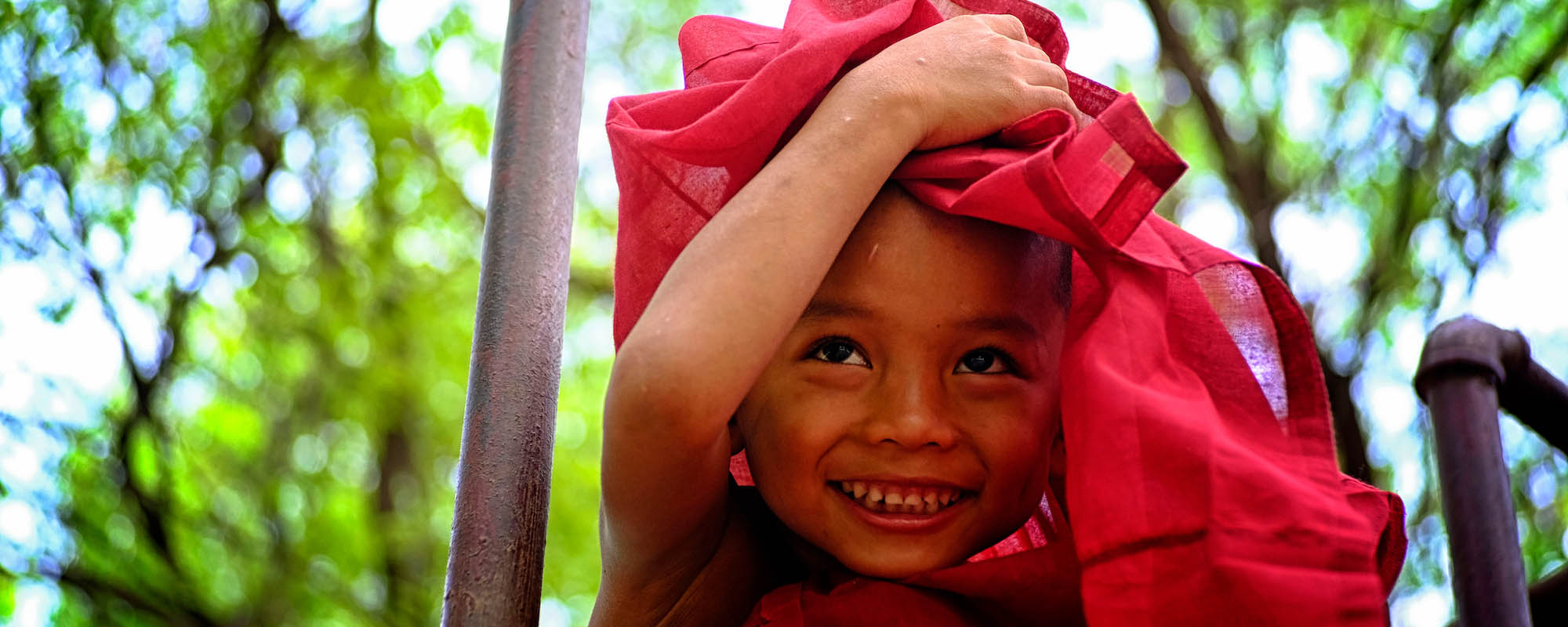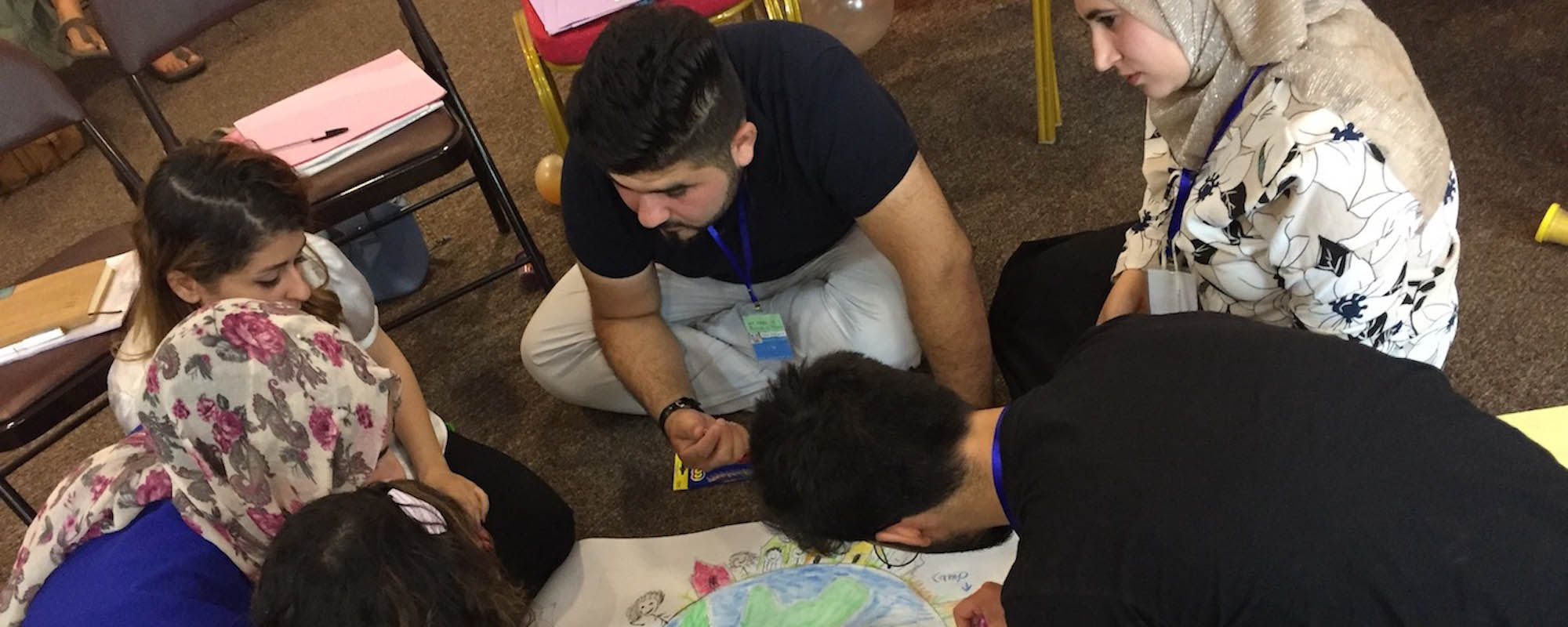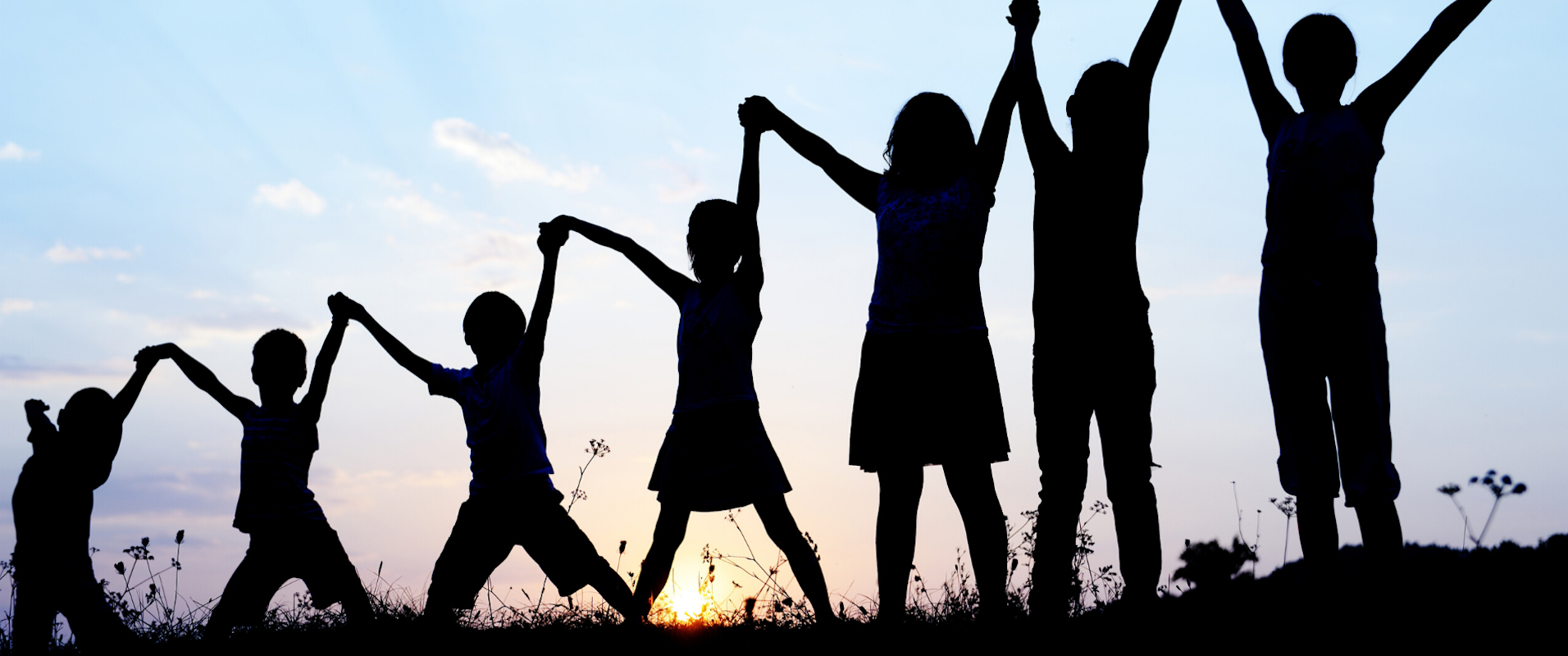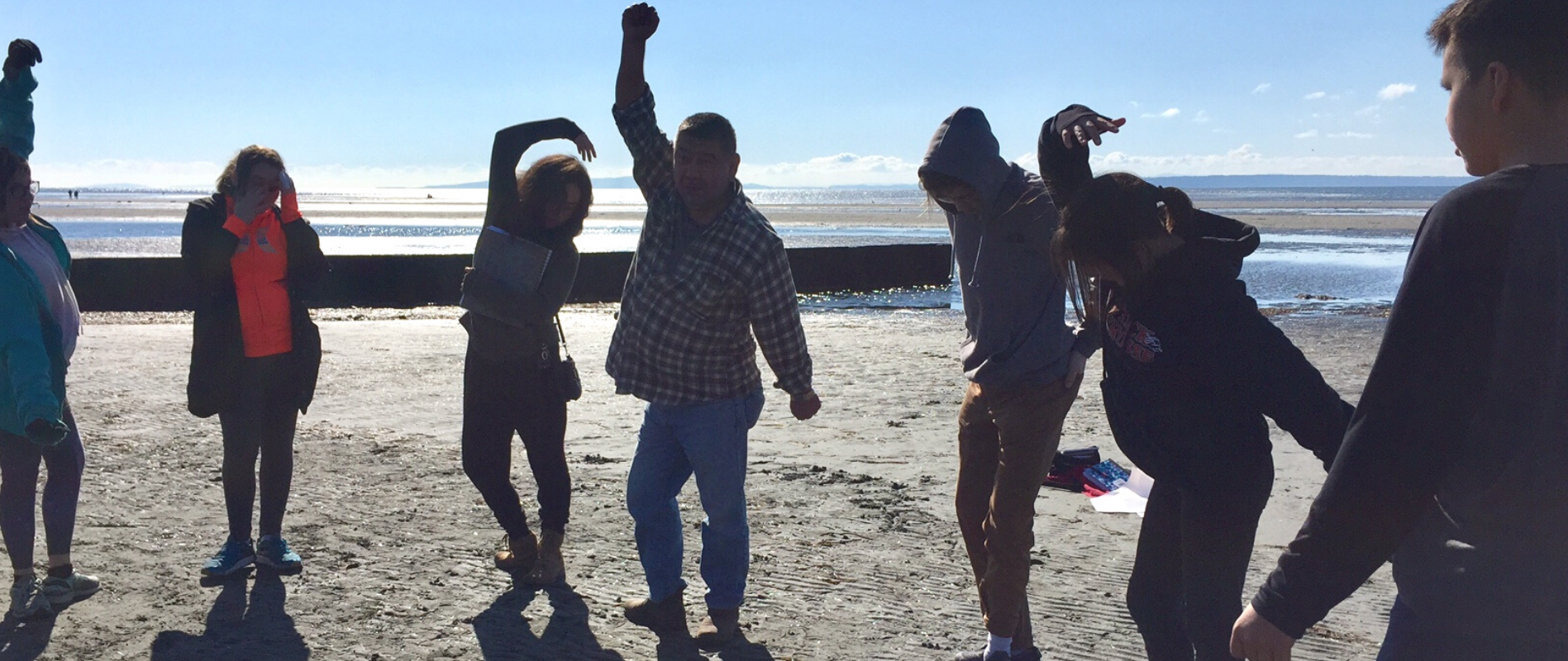Within the past eight months, over 52,000 unaccompanied minors have arrived at the Mexican-U.S. border seeking refuge in the United States, from Latin America’s “Northern Triangle”: Guatemala, El Salvador, and Honduras. This is known as the Surge, as numbers have increased exponentially since 2011, overwhelming U.S. immigration, and leaving thousands of children in holding in makeshift detention centres. These increasingly high numbers show no signs of waning, and projections of new arrivals continue to rise. Those lobbying for stricter immigration policies are finding justifications for their arguments, while human rights activists are calling it a humanitarian crisis - pleading for the youngsters to be admitted to the U.S. as refugees under the non-refoulement policy (a binding policy prohibiting the return of a refugee to persecution, obliging the State to grant refugee status).
Immigration policy aside, what is happening in the countries of origin that is making these children want to leave house and home and everything they’ve ever known behind and take a dangerous journey northwards to an unknown destiny?
“If a house is burning, people will jump out the window,” says Michelle Brané, director at the Women’s Refugee Commission.
Governments and NGOs in the region have identified the need for research on the reasons for this mass exodus and seek better ways to ensure the protection, wellbeing, and safety of these displaced children. Some of the reasons have been recorded in several studies undertaken at the U.S. Border.
These studies show that violence is the most cited cause for those fleeing Central America. In the past five years, a weak State has allowed strong international drug cartels and other organized crime (weapons trafficking, human trafficking) to flourish. Reports from the Northern Triangle show that murder rates are skyrocketing, with estimates of civilian casualty rates far surpassing those at the height of the Iraq war, with El Salvador being the most violent of the three, and where the majority of the migrants are from (UNHCR). This impacts the everyday lives of Central American children.
Increasingly, more residential neighbourhoods and schools are targeted by street gangs to force children into recruitment and to terrorize their families. Police forces in El Salvador and Honduras are reported to deal with the problem with yet more violence, “cleansing” neighbourhoods of gang members, often the same youths that were forcibly recruited in the first place. In Guatemala, reports show that the police is under the influence of organized crime. Corruption and failure of governance are named as reasons for their inability to control the gangs. These same gangs were formed by those pushed out of Colombia due to the War on Drugs, and from the streets of Los Angeles in the 1990s, deported from the USA due to their illegal status and criminal activities. They often turned to these activities as a last resort, considering they had no status in the U.S., feared the police, and only had their own networks to turn to for survival. Now they have a strong, powerful international trafficking network, and are terrorizing more and more children and families of Central America daily, to gain ground as drug lords, and selling the drugs back to the United States. An old immigration problem becomes a new immigration problem, and the demand for illicit drugs is on the rise. Drugs these children are forced to sell, traffic, smuggle and take themselves, for they otherwise risk losing their lives or their loved ones.
En masse, Central American children are fleeing to the Promised Land, some to reunite with relatives in the United States; some, whose families have sent them on the treacherous journey alone, see it as the only way to keep them safe. The cost alone is a severe burden on the families, with “coyotes” charging upwards of $5,000 to bring a child to the U.S. Not to mention the threat of the gangs now befalls the family, as the child refused recruitment and chose to flee instead. Reports indicate that the coyotes themselves are also abusive:
While not all children described mistreatment by guides, many of those who did revealed being locked in rat-infested warehouses sometimes for days on end. Some reported physical abuse by the guides. One described being beaten with a 2 x 4 wooden beam. Another child told of how women and girls were kept in a separate room and could be heard screaming while being raped. Children further described the guides' failure to provide consistent access to food and water, especially in the desert…Once children got to the desert bordering the U.S., many were abandoned by guides and left without food or water. Some wandered for days until Border Patrol found them. Others describe making it to the Rio Grande River and watching others drown as they struggled against the current. Source
Reports show that some of these coyotes are actually engaged in child trafficking: promising families that their children will have the opportunity for better lives in the U.S. while they are really smuggling these children to another country (the U.S. or other Latin American countries) to force them into drug trafficking, child labour, and sex trafficking (TIP). Traffickers play a large and profitable role in moving many children across the globe (CWLA).
Additionally, the journey itself proves to expose them to more of the same violence from whence they came: the cartels in Mexico are known for extortion, violence, rape, kidnapping and trafficking the children during the journey. They kidnap the migrants and hold them for ransom, forcing them to work for the cartel. If they make it to the U.S. border, the migrants are detained as criminals, and continue to be faced with an uncertain future: Will the U.S. accept them as refugees or send them back home? Needless to say, there is great risk involved in the migration of unaccompanied minors from Central America to the United States, yet, staying at home apparently offers even less hope.
To capture the reasons for this hopelessness, UNHCR (UN Refugee Agency) interviewed over 400 unaccompanied minors waiting for U.S. immigration to decide their fates. They published a report named Children on the Run: Unaccompanied Children from EL Salvador, Guatemala, Honduras and Mexico and the Need for International Protection. Kids in Need of Defense (KIND) published the report The Time is Now: Understanding and Addressing the Protection of Immigrant Children Who Come Alone to the United States based on interviews with 126 children from El Salvador, Guatemala, Honduras, and Mexico. A third report, Forced From Home: The Lost Boys and Girls of Central America, by the Women’s Refugee Commission, details the results of interviews with 150 children, officials from Homeland Security, and Immigration at the U.S. – Mexican border.
The results of these reports are similar. Although the responses from the interviews are complex, they show a general trend that a dramatic rise in violence in the everyday lives of these children spurred on their desire to escape their homes, lives, families, friends, and schools. The UNHCR reports states: “no less than 58% of the 404 children interviewed were forcibly displaced because they suffered or faced harms that indicated a potential or actual need for international protection” from violence by organized crime as well as violence at home. The report’s results show that a majority must qualify for refugee status:
CHILDREN FROM EACH COUNTRY WITH INTERNATIONAL PROTECTION NEEDS:
El Salvador: 72%; Guatemala: 38%; Honduras: 57%; Mexico: 64%
Total: 58%
- Between Ages 12-17
- Entered the U.S. during or after October 2011
- Held at some point in U.S. federal custody
These youngsters shared stories of fleeing increasing domestic violence, abuse, neglect, maltreatment, and abandonment by their families, compounded by dire poverty and the increasing threats, intimidation, extortion, armed conflict, kidnapping and human trafficking, gang violence, brutal forced recruitment, rape, and persecution by organized criminal gangs. In El Salvador, gangs are reputed to murder those who cannot pay la renta. Those children who have lost a caregiver by disappearance, death, or separation are the most vulnerable to increased poverty, abuse, neglect, sexual violence, exploitation, and death. Children do not tend to report abuse to the authorities because they do not believe that they will protect them (KIND). No space is safe for them, even the schools are used as gang recruitment centres. Just like other migrants, these children and families do not want to flee their homes, or their countries, if they can avoid it. Just as in Syria or Colombia, they will displace internally before leaving their countries to journey to an unknown fate. A gender dimension reveals girls are most at risk:
“…many of the displaced girls interviewed reported the fear of rape and gender-based violence as major motivating factors. They described how gangs and drug traffickers in Central America are increasingly recruiting girls to smuggle and sell drugs in their home countries, using gang rape as a means of forcing them into compliance. Gangs also use the threat of rape as a tactic to gain money through extortion and kidnapping. If a girl is impregnated, interviewees explained, the gang member responsible will leave her to raise her baby alone, then come back when the child is old enough to be recruited into the gang. Just as gangs are targeting younger boys for recruitment and violent attacks, they are targeting younger girls, some as young as nine years old, for rape and sexual assault” (UNHCR).
The increase in numbers of unaccompanied minors fleeing the Northern Triangle and entering the U.S. indicates a crisis. The background to this crisis includes the civil wars of the 1980s, as this established an increased circulation of firearms and normalized violence in society. In times of armed conflict, children are the most vulnerable to violence and abuse in and outside of the home. The ensuing perpetual and extreme poverty are additional pressures that have influenced an increase in domestic and societal violence, impacting the daily lives of Central American children even further.
The UNHCR report places an emphasis on recommendations concerning the international protection and liberties of displaced children in the context of immigration policies, and only briefly suggests improvements on the home front:
“Address Root Causes: Undertake measures both regionally and nationally to address the root causes of flight of these displaced children, in an effort to reduce – if not eliminate – the factors that lead to their forced displacement. Engage the Commission on Security for Central America of the Central American Integration System to address the issues of children displaced due to violence and insecurity in further support of State efforts concerning these issues”(UNHCR).
KIND has a stronger recommendation:
“Such prevalent violence against children calls for a strong national child protection response, but in many countries in the region, this is lacking due to limited resources” (KIND).
Child Protection in Development sees a crisis in Central America, and we would like to do something about it. Are you with me?
What are possible solutions to help protect these children from violence in their home countries?
What strategies can be undertaken to prevent them from being recruited by the gangs?
How can we improve their situations so that they do not have to flee, as in all reality, it is only the lucky few that actually have the chance to flee.
In the comments section below, please feel free to make any suggestions to finding child protection solutions for the children of Honduras, El Salvador, and Guatemala.
Watch a Video about the crisis in Central America.
image source.








Comments
Wow, this situation is